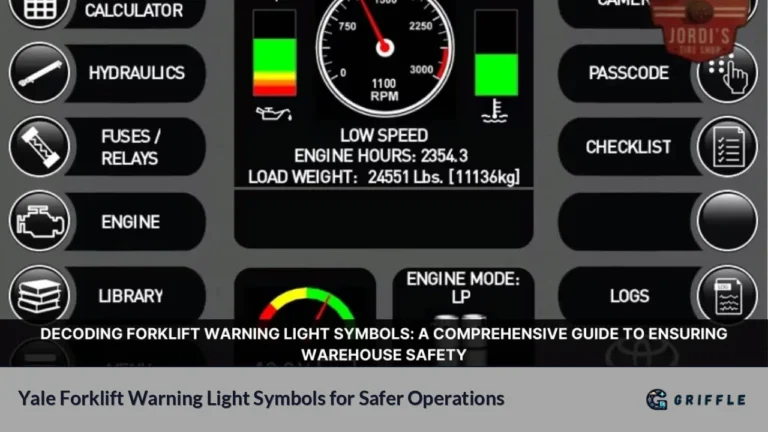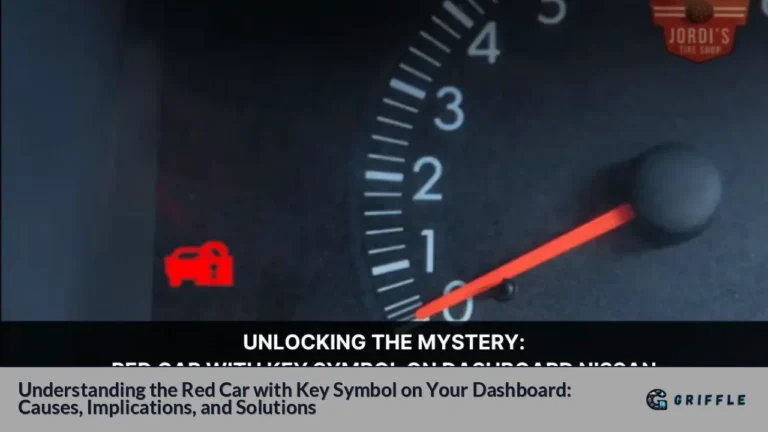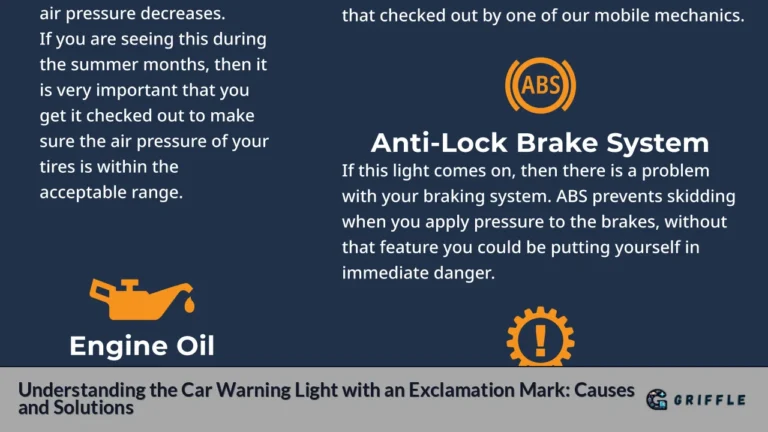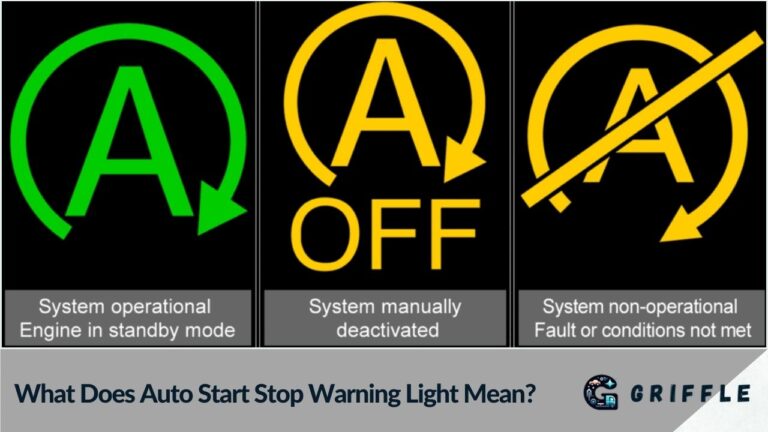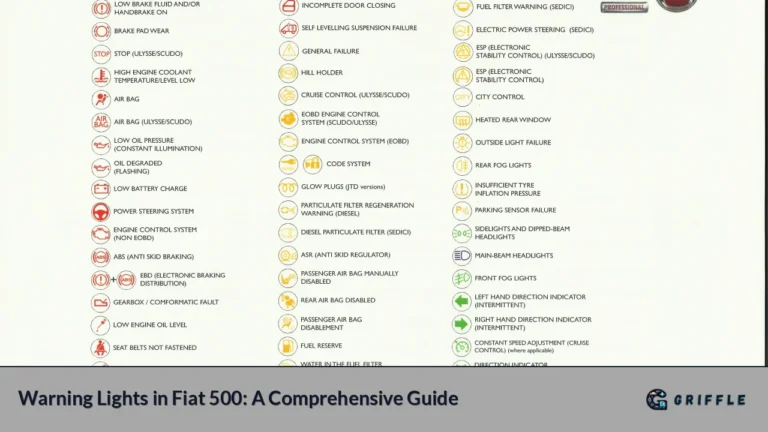Driving a Range Rover is often associated with luxury, performance, and advanced technology. However, even the most sophisticated vehicles can encounter issues that require immediate attention. The dashboard symbols in a Range Rover serve as critical indicators of the vehicle's status, alerting drivers to potential problems or operational conditions. Understanding these symbols is essential for maintaining vehicle safety and performance. This article will provide a comprehensive overview of Range Rover dashboard symbols, their meanings, and what actions to take when they illuminate.Symbol Color Symbol Type Meaning Red Critical Warning Indicates an urgent issue requiring immediate action. Amber/Yellow Warning Indicates a cautionary issue that needs attention but is not immediately dangerous. Green Information Indicates that a system is active or functioning as intended. Blue Information Indicates high beam headlights or other active features. Orange Medium Warning Indicates a non-critical warning that may require service soon.
Common Dashboard Symbols and Their Meanings
Critical Warnings (Red Symbols)
Red symbols indicate serious issues that require immediate attention. Ignoring these warnings can lead to severe damage or safety hazards.
- Battery Charge: Indicates a fault in the battery charging system. If this light remains on while driving, it is crucial to pull over safely and check the battery.
- Engine Temperature: This symbol warns that the engine is overheating. Immediate action should be taken to prevent engine damage by stopping the vehicle and allowing it to cool down.
- Brake Warning: A red brake symbol signifies a potential failure in the braking system. Drivers should stop the vehicle as soon as it is safe to do so.
- Airbag Warning: This symbol indicates a fault in the airbag system, which may prevent airbags from deploying in an accident.
Warning Indicators (Yellow/Amber Symbols)
Yellow or amber symbols alert drivers to issues that need attention but are not immediately dangerous.
- Check Engine Light: This light illuminates for various reasons, ranging from minor issues like a loose gas cap to more serious engine problems. A diagnostic scan is recommended.
- ABS Warning: Indicates a malfunction in the Anti-lock Braking System (ABS). While brakes may still function normally, it’s advisable to have this checked promptly.
- Low Oil Pressure: This warning indicates low oil pressure, which could lead to engine damage if not addressed quickly.
- Diesel Exhaust Fluid (DEF) Low: For diesel models, this light signifies that the DEF level is low and needs replenishing to avoid engine shutdown.
Information Indicators (Green/Blue Symbols)
Green and blue symbols inform drivers about active systems or functionalities.
- Cruise Control Active: A green cruise control symbol indicates that the cruise control system is engaged and functioning correctly.
- High Beam Indicator: This blue symbol shows that the high beam headlights are activated.
- Lane Departure Warning Active: A green light indicates that lane departure assistance is active, helping maintain lane discipline.
Medium Warnings (Orange Symbols)
Orange symbols indicate conditions that require attention but are not critical.
- Tire Pressure Monitoring System (TPMS): This symbol alerts drivers when one or more tires are significantly under-inflated. Checking tire pressure promptly is essential for safety.
- Low Fuel Warning: An orange fuel pump icon signals low fuel levels. Drivers should refuel at their earliest convenience.
- Service Required Light: This indicator suggests that routine maintenance is due soon.
Frequently Encountered Issues
Understanding the most common dashboard warnings can help drivers address issues before they escalate into serious problems:
- Check Engine Light Activation
- Often triggered by minor issues such as loose gas caps or more severe engine problems.
- Recommended Action: Use an OBD-II scanner to diagnose the specific issue.
- Battery Charge Warning
- Indicates potential battery failure or charging system faults.
- Recommended Action: Check battery connections and consult a mechanic if necessary.
- Oil Pressure Light
- Signals low oil pressure, which can lead to engine damage.
- Recommended Action: Stop driving immediately and check oil levels; top up if necessary.
- ABS Light Activation
- Indicates potential ABS system failure.
- Recommended Action: Have the ABS system checked by a professional mechanic promptly.
- DEF Low Indicator
- For diesel vehicles, this light warns of low Diesel Exhaust Fluid levels.
- Recommended Action: Refill DEF to avoid engine shutdowns.
Conclusion
Understanding Range Rover dashboard symbols is crucial for maintaining vehicle safety and performance. Each symbol serves as a vital communication tool between the vehicle and its driver, indicating when immediate action is required and when caution should be exercised. By familiarizing yourself with these symbols and their meanings, you can ensure your Range Rover remains in optimal condition while enjoying its luxurious features. Regular maintenance checks and prompt responses to warning lights will extend your vehicle's lifespan and enhance your driving experience.
FAQs
- What does a red warning light mean?
Red warning lights indicate critical issues requiring immediate attention. - How should I respond if my check engine light comes on?
You should use an OBD-II scanner to diagnose the issue as soon as possible. - What does it mean if my ABS light is on?
This indicates a malfunction in the Anti-lock Braking System; have it checked by a professional. - When should I worry about my battery charge light?
If this light stays on while driving, you should pull over safely and check your battery. - What action should I take for low oil pressure?
You must stop driving immediately and check your oil levels; top up if necessary.

